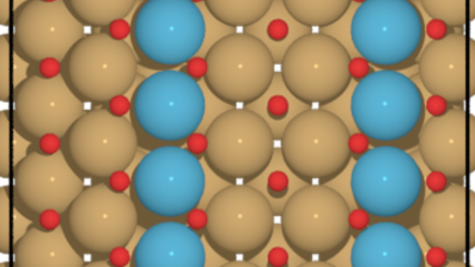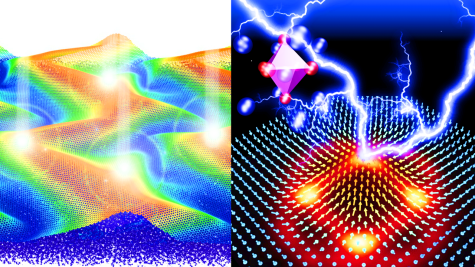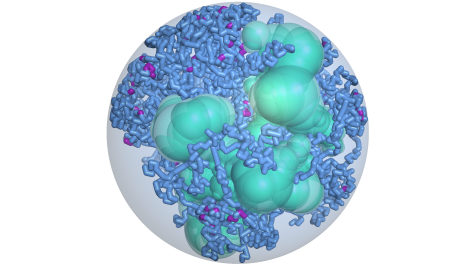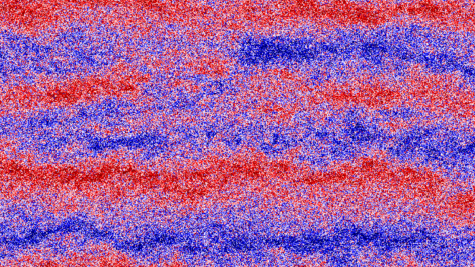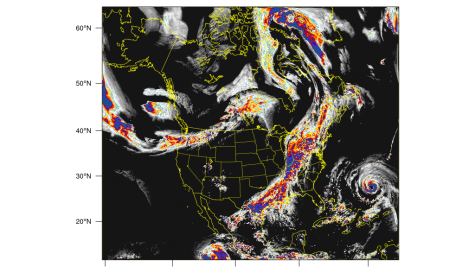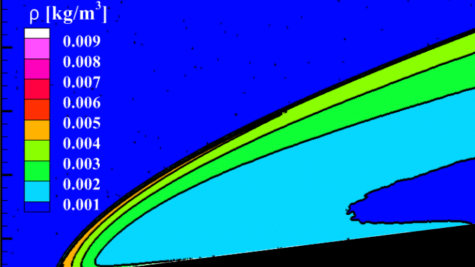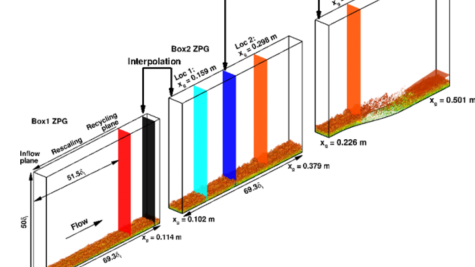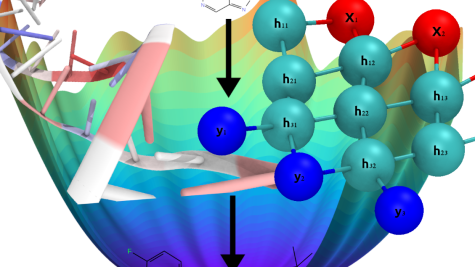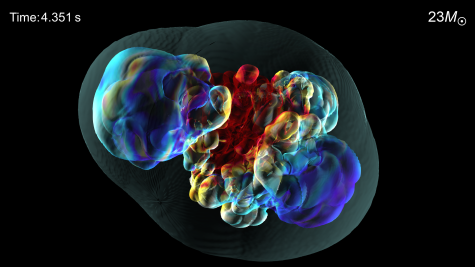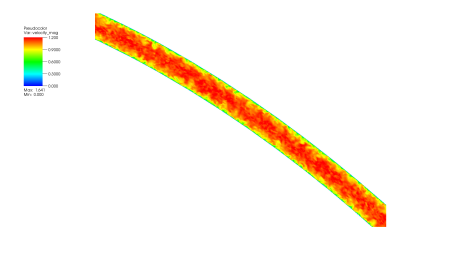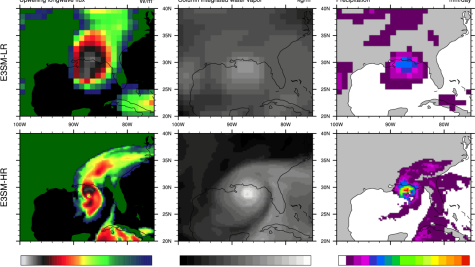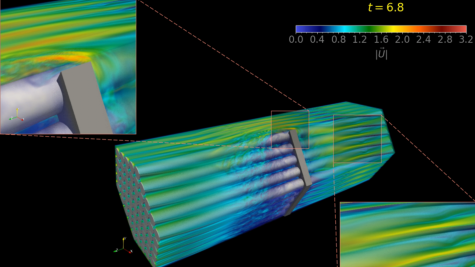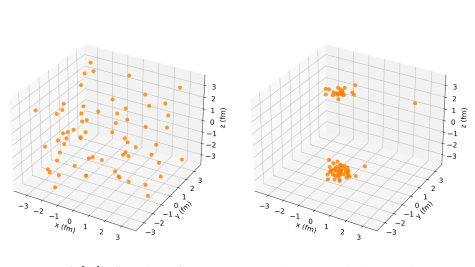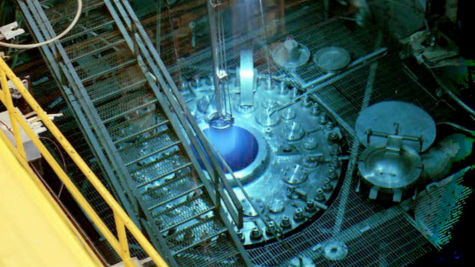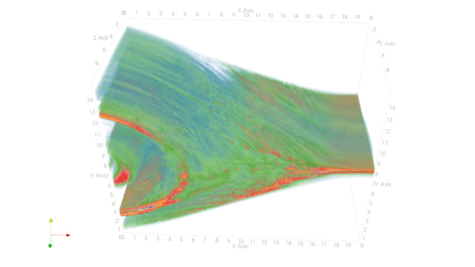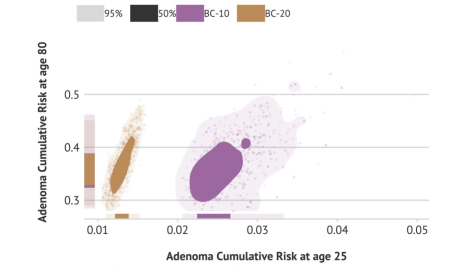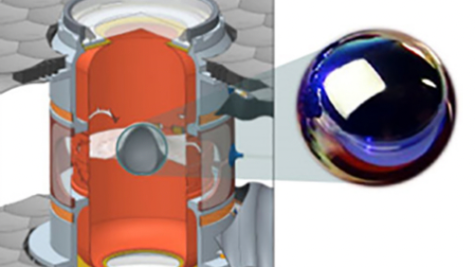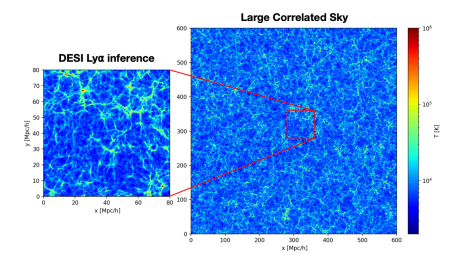ALCF projects cover many scientific disciplines, ranging from biology and physics to materials science and energy technologies. Filter ongoing and past projects by allocation program, scientific domain, and year.
Heterogeneous Catalysis as a Collective Phenomenon within Dynamic Ensembles of States
This INCITE project will use and further develop methods of grand canonical global optimization for the discovery of dynamic ensembles in realistic reaction conditions and of global activity sampling, for the determination of the most active configurations of the catalyst.
AI-Guided Exascale Simulations of Quantum Materials Manufacturing and Control
The work in this INCITE project , directly validated byXFEL, UED and neutron experiments at DOE facilities, will enable future production of high-quality custom quantum material architectures for broad and critical applications to continued U.S. leadership in technology development, thereby addressing DOE Basic Research Needs for Transformative Manufacturing and Quantum Materials.
High-Resolution Ensemble 3D Structures of Genome across Tissues
The researchers from this INCITE project will extract structurally and functionally important relationships among genomic elements from experimental data based on physical principles of 3D chromatin folding, and will generate maps of driver interactomes of 3D chromatin folding for each locus along all chromosomes, providing a concise shortened list of putative causal interactions that can drive 3D chromatin folding.
DNS of Wall-Bounded Magnetohydrodynamic Turbulence at High Reynolds Number
The high-fidelity data generated with this INCITE allocation will reveal the spectral behaviors of turbulent kinetic energy (TKE) as functions of fluid speed, the strength and direction of the magnetic field, and the wall-normal distances.
Convection-Permitting Climate-Scale Simulations for Extreme Event Modeling
With this INCITE project, researchers will use very high spatial-resolution regional-scale climate models to explore the physics underlying the formation and evolution of extremes in precipitation and temperature in the current and future climates under various greenhouse gas emission scenarios
First-Principles Simulation of Hypersonic Flight
This team utilizes large-scale computational tools to help understand how adequately reduced-order formulations can capture the strong coupling between the fluid mechanics of the gas flow and the transport properties of the high-temperature gas.
Hypersonic Turbulent Boundary Layers Over Parameterized Wall Conditions
The approach for this INCITE project is to characterize the effects of pressure gradient and wall cooling on boundary-layer turbulence and perform a thorough evaluation of the existing turbulence models as well as the models that are currently under development.
COMbining deep-learning with Physics-Based affinIty estimatiOn 2 (COMPBIO2)
Coupling machine learning and physics-based methods, with this work researchers aim to accelerate the slow process of drug discovery, which typically lasts many years and costs billions of dollars—a major weakness in public health emergencies.
Next-Generation 3D Core-Collapse Supernova Simulations
With this new INCITE project, this team will conduct not only a full suite of 3D simulations for the spectrum of progenitor stars, but plan to double this long-term effort because of code speed-ups and improvements.
Unraveling How Lasers and Beams with Arbitrary Spatial and Temporal Structure Interact with Plasmas
With this INCITE project, the team involved has enhanced the particle-in-cell code OSIRIS to launch lasers with arbitrary spatial-temporal profiles.
Investigation of Flow and Heat Transfer Behavior in Involute Plate Research Reactor with Large Eddy Simulation to Support the Conversion of Research Reactors to Low Enriched Uranium Fuel
To advance the design of low enriched uranium fuel elements for future nuclear reactors, researchers are performing high-fidelity simulations of turbulent flows to provide improved engineering predictions and thus more accurate thermal hydraulic safety analysis.
A Climate Model Ensemble for Understanding Future Changes to Extreme Weather
An understanding of the effects of climate change on extreme weather and atmospheric hazards is essential to ascertain future socioeconomic and infrastructural impacts from these events. The awarded effort from this project will produce the world’s first high-resolution “medium” ensemble from a single global modeling system, using regional refinement in the Department of Energy’s recently released Energy Exascale Earth System Model (E3SM) version 2.
High-Fidelity CFD Simulations for Next Generation Nuclear Reactor Designs
In this project, a team of researchers at Argonne National Laboratory plan to use high-fidelity computational fluid dynamics (CFD) and multiphysics simulations to investigate fundamental flow phenomena in next-generation nuclear power reactors.
Short Range Correlations from a Quantum Monte Carlo Perspective
This team's research will pursue a multi-faceted strategy aimed at modeling short-and-long-range dynamics of nuclei providing reliable estimates of the associated theoretical uncertainty.
Modeling Operating Conditions in the US East Coast Offshore Wind Energy Lease Areas
This team from Cornell University utilized ALCF supercomputing resources to research innovations that will enable advancements to U.S. wind systems, reduce the cost of electricity, and accelerate the deployment of wind power.
HFIR DNS Simulations
As part of the US Department of Energy (DOE) National Nuclear Security Administration’s (NNSA) initiative to reduce the enrichment of research and test reactors, this research project sets out to investigate the conversion of HFIR from a high enriched uranium (HEU) core to a low enriched uranium (LEU) core.
Particle-in-Cell Simulations of Beam-Driven, Field-Reversed Configuration Plasmas
TAE Technologies combines accelerator physics and plasma physics to solve the challenge of fusion. As part of an ongoing investigation, this team will utilize ALCF HPC resources to conduct first principles particle-in-cell (PIC) simulations to develop an understanding of this newly identified and highly impactful regime
Probabilistic Comparative Modeling of Colorectal Cancer Screening Strategies
Despite large increases in the uptake of screening in the past two decades, colorectal cancer (CRC) is still the second leading cause of cancer death in the US. This points to inadequate screening and treatment, and gaps in care that need to be addressed. This project will use leadership-class computing resources to run comparative probabilistic sensitivity analyses (PSAs) of screening strategies with three state-of-the-art CRC models.
Predictive Simulations of Inertial Confinement Fusion Ablator Materials
The extreme-scale MD simulations from this project will deliver key information on physical properties of amorphous carbon including phase diagram, shock Hugoniot and the equation of state, the critical elements for the design of successful ICF ignition.
Cosmological Hydro Simulations to Explore the High and Low-Redshift Universe
To interpret DESI scheduled for the summer of 2023, this team will produce a set of high-resolution hydrodynamical simulations which are needed to accurately compute the large-scale clustering of the intergalactic medium within the cosmic web while capturing small-scale effects due to pressure broadening of gas or a finite mass of dark matter particles leading to free-streaming, at sufficient precision.
